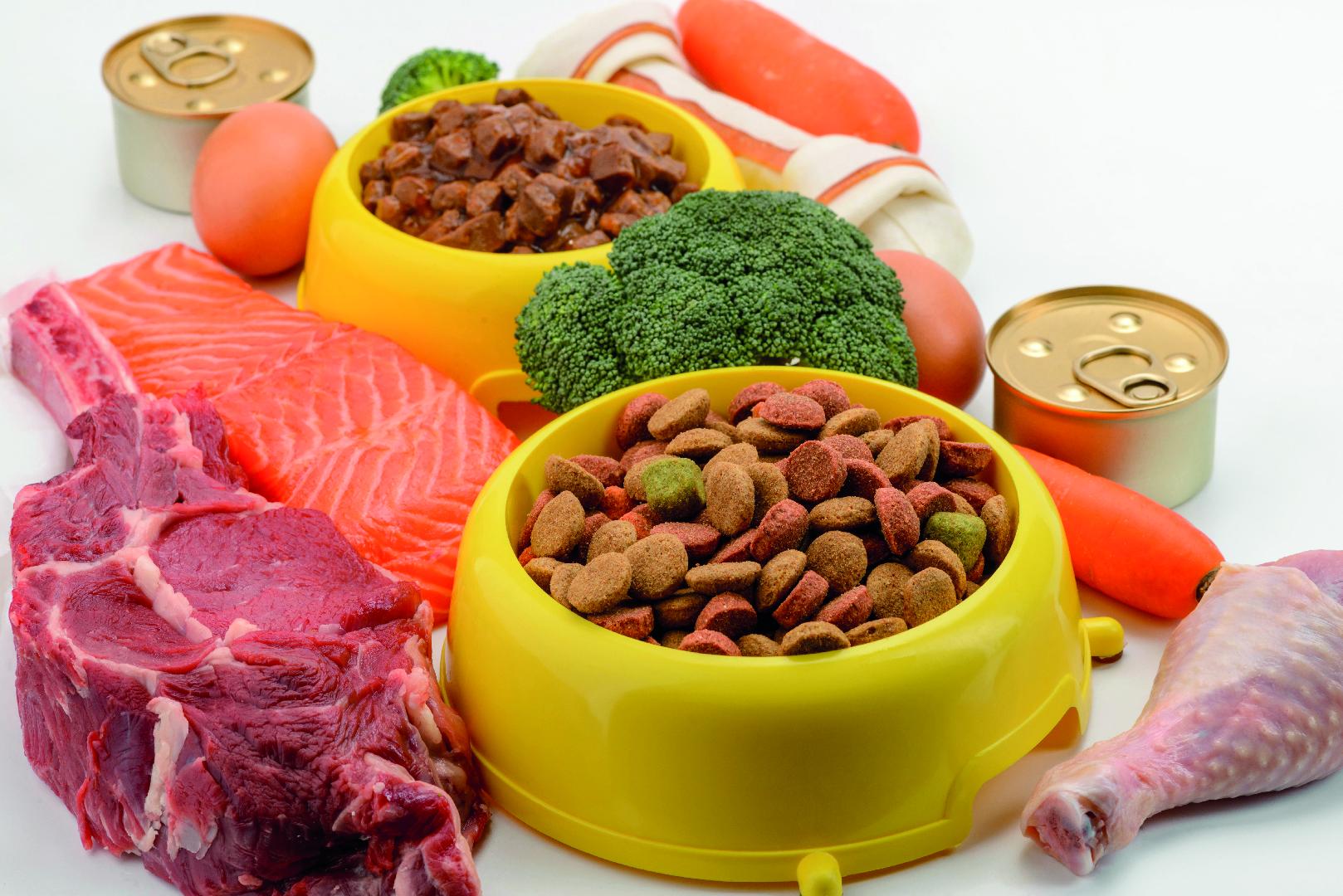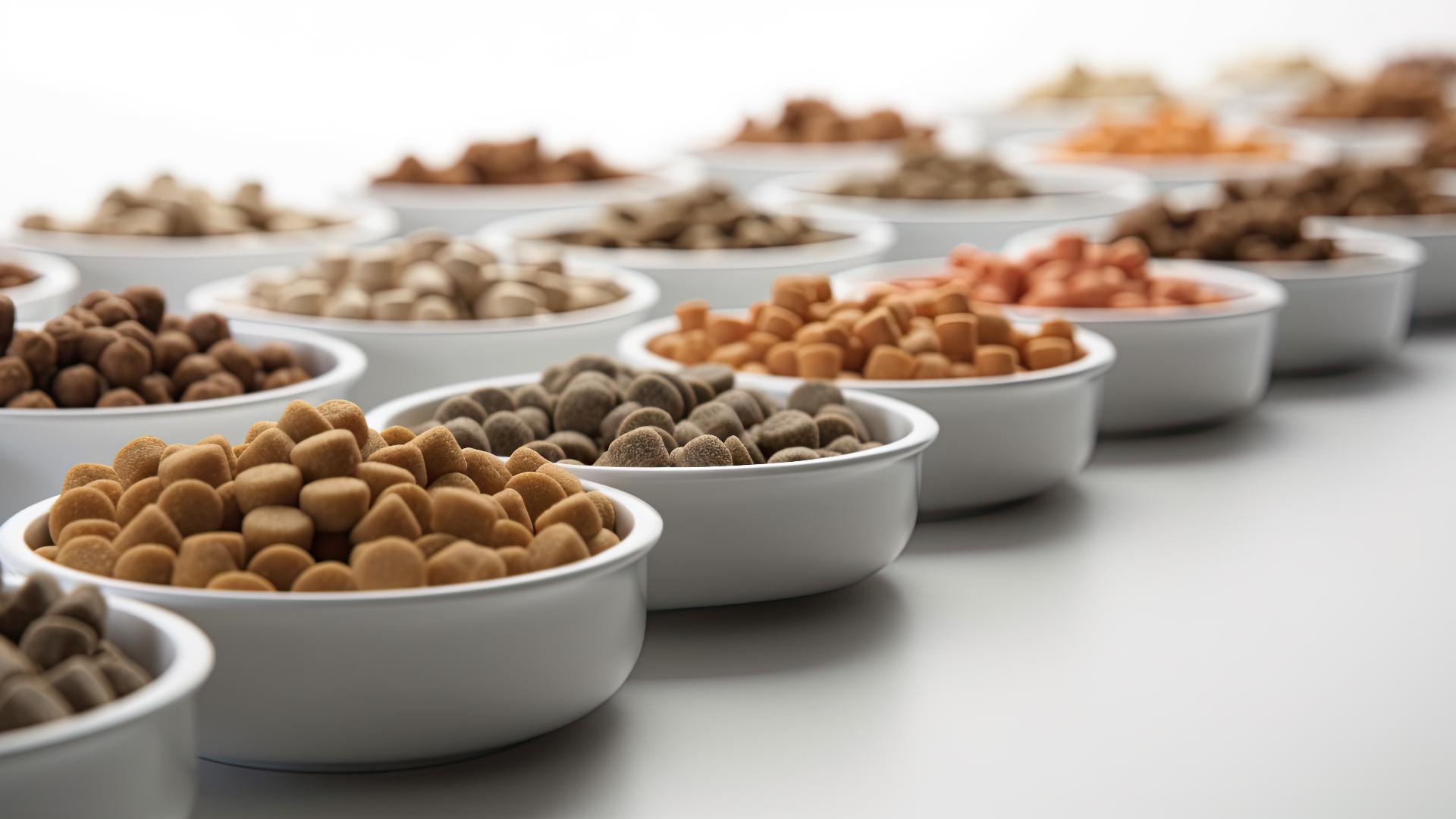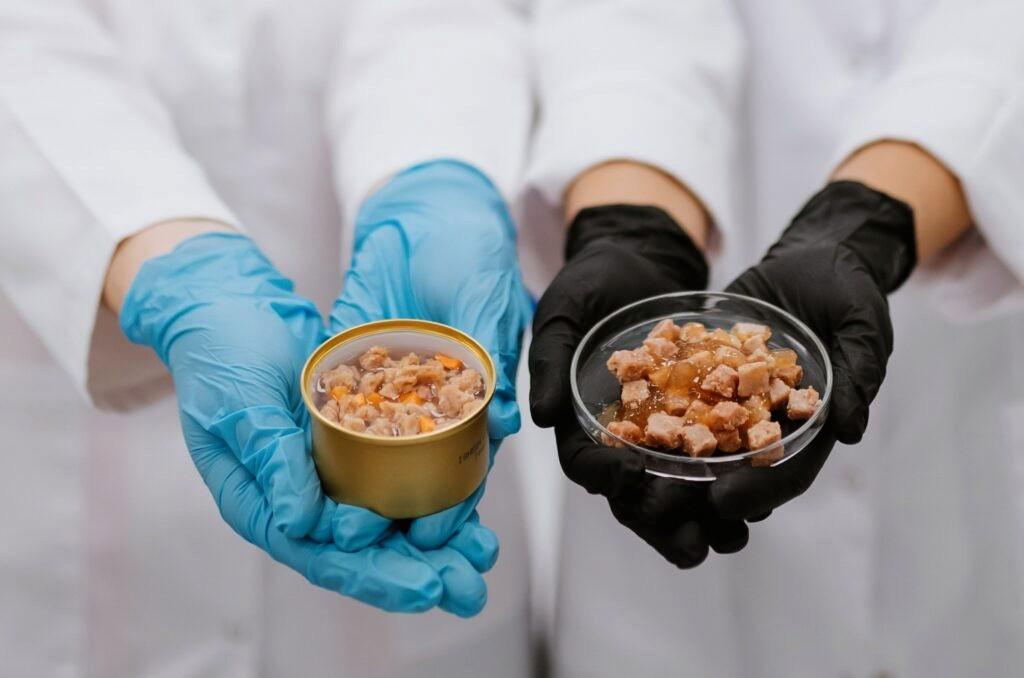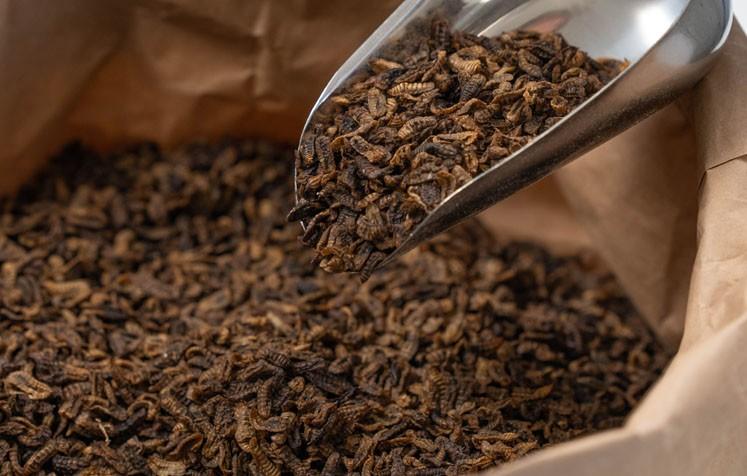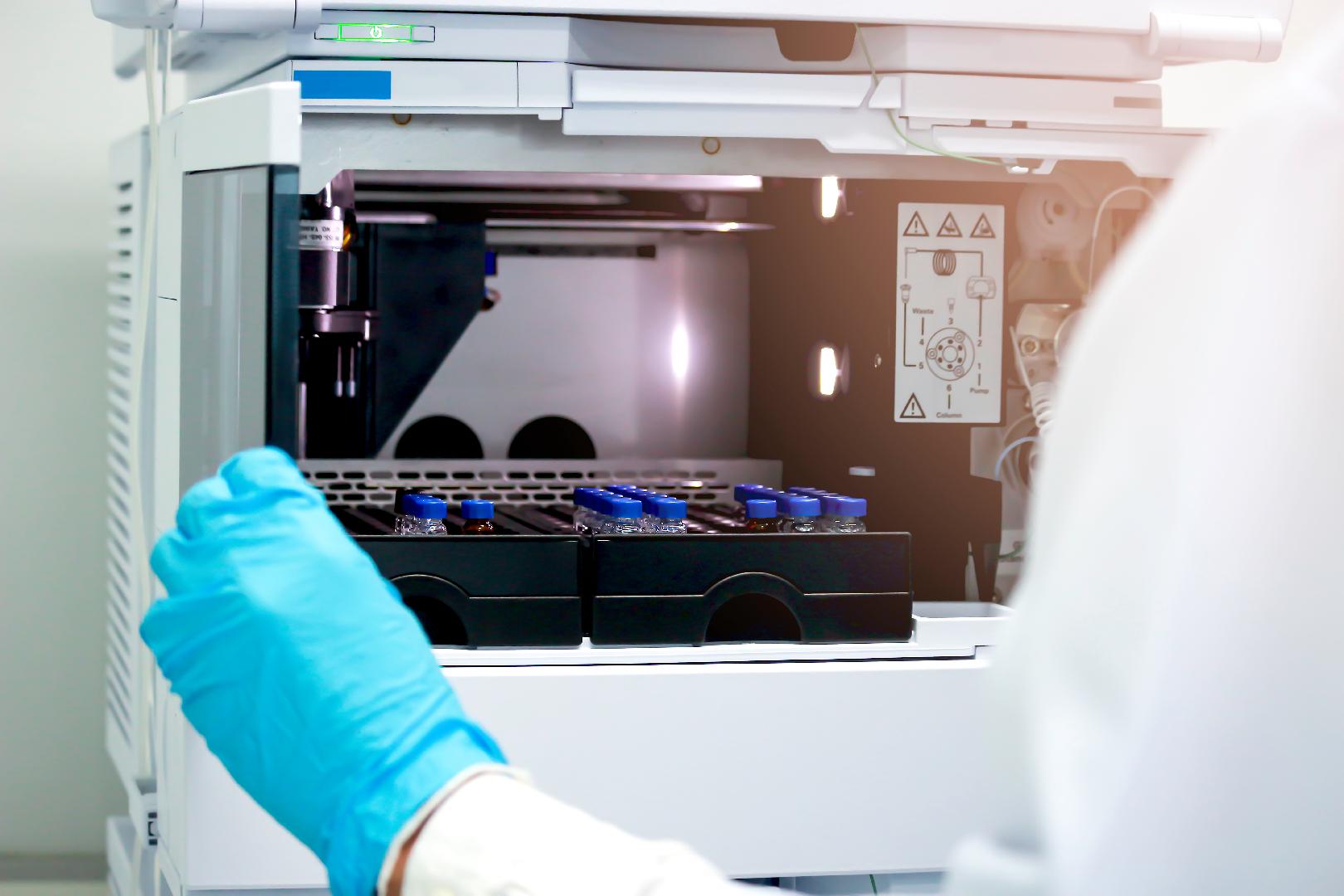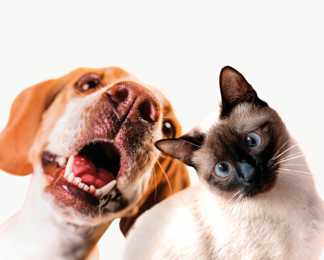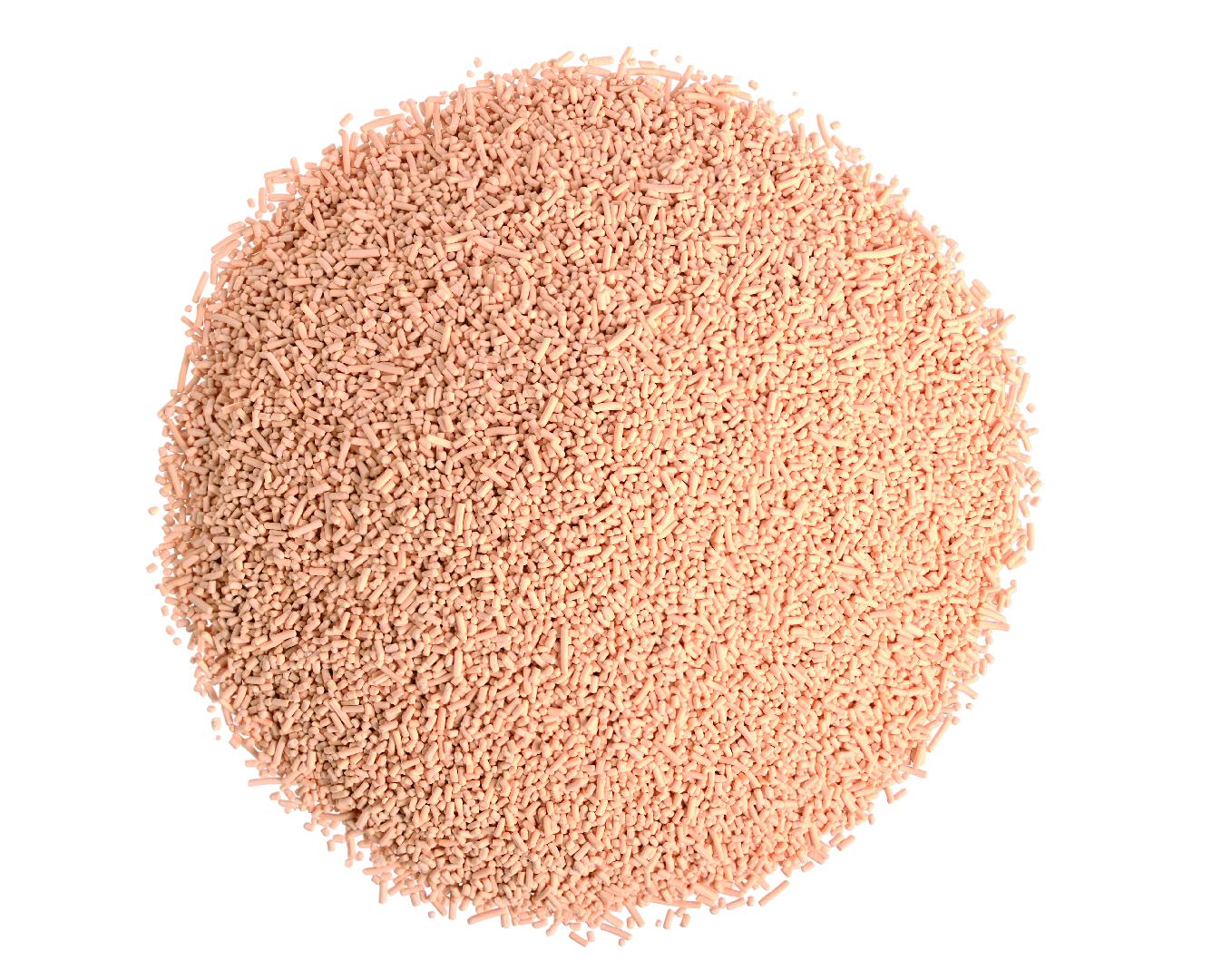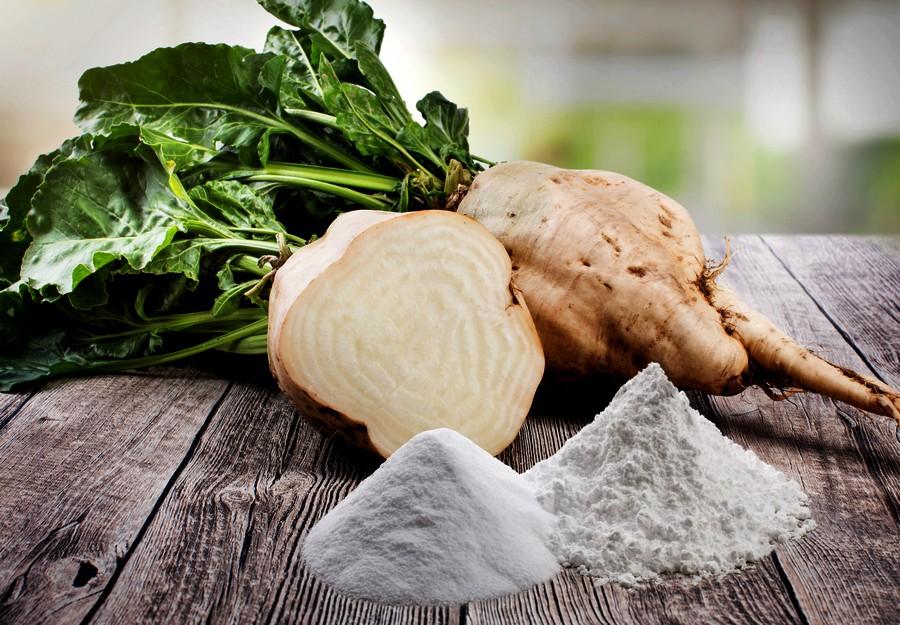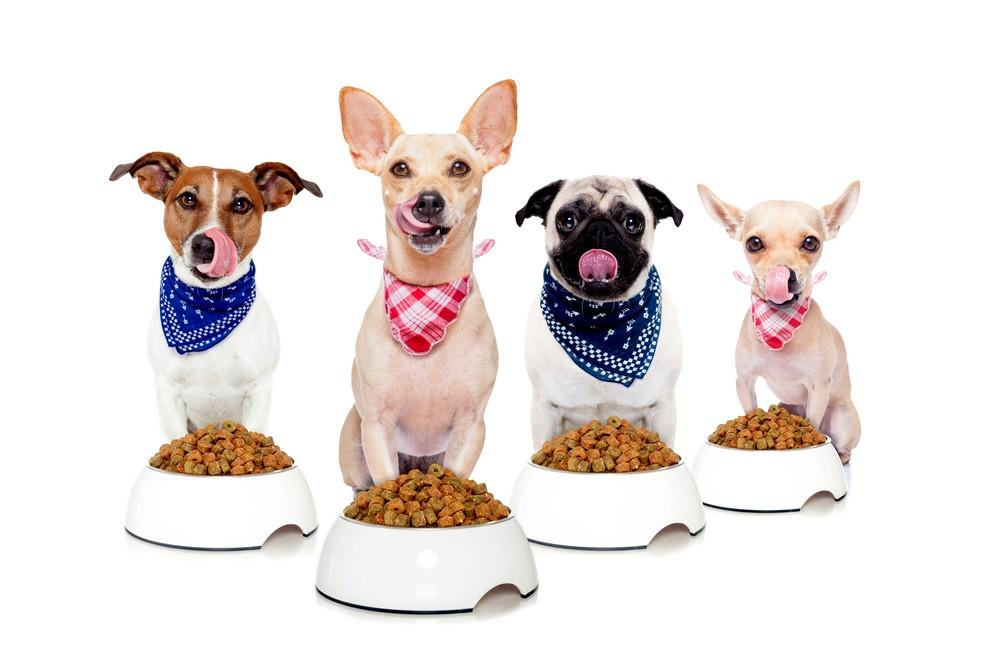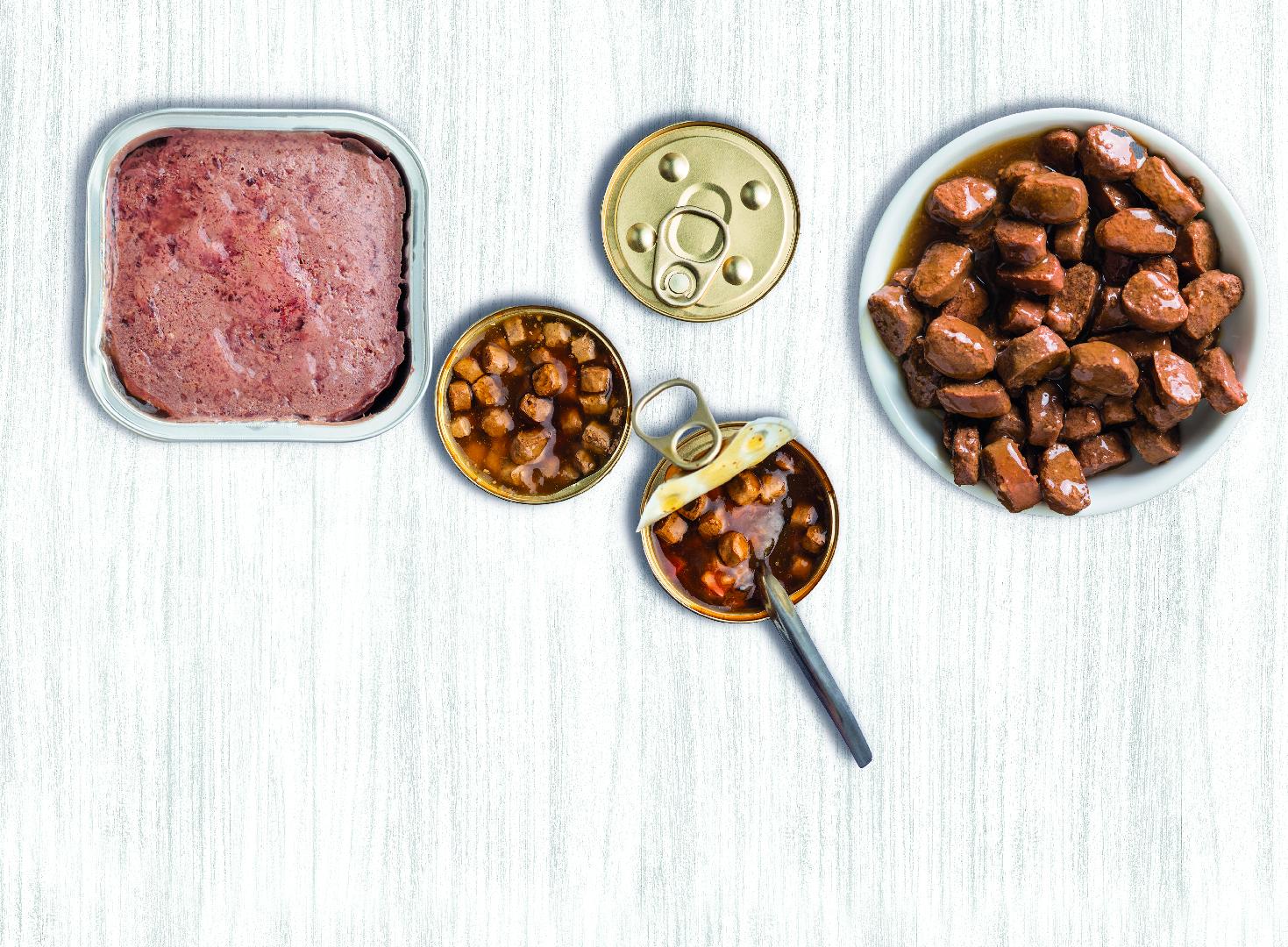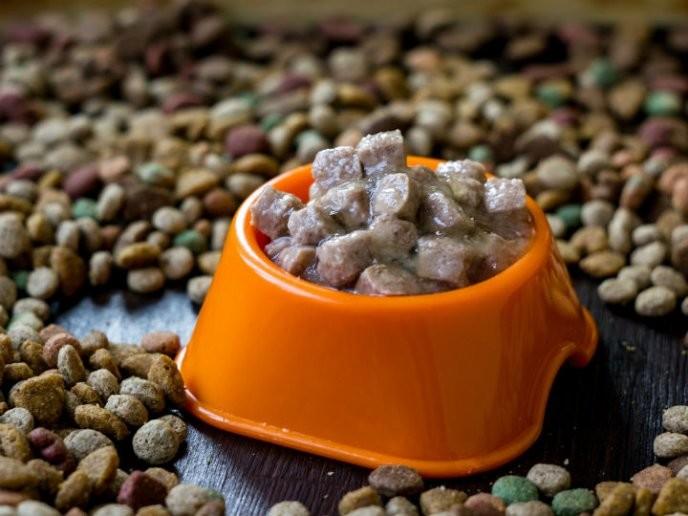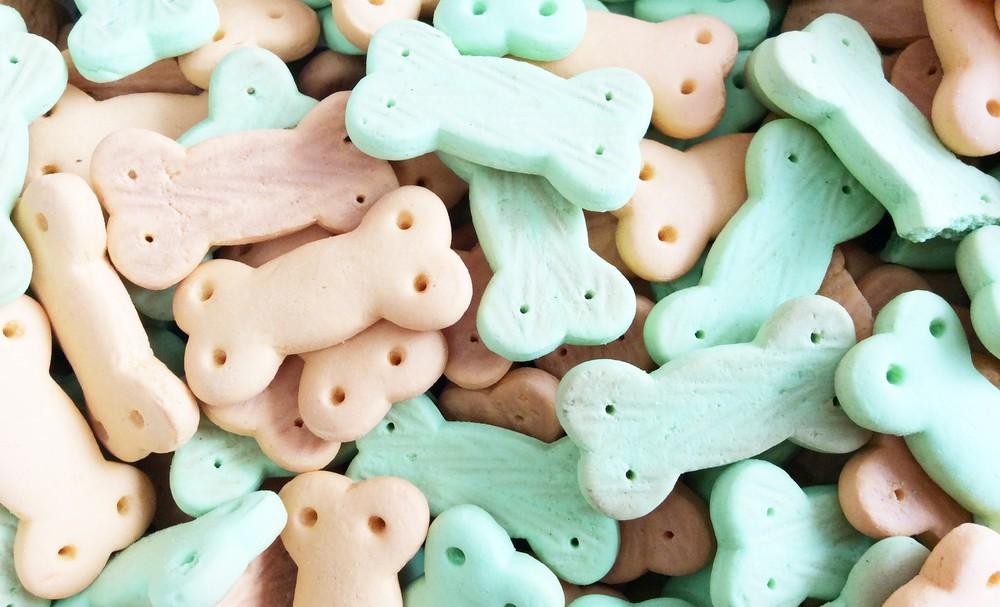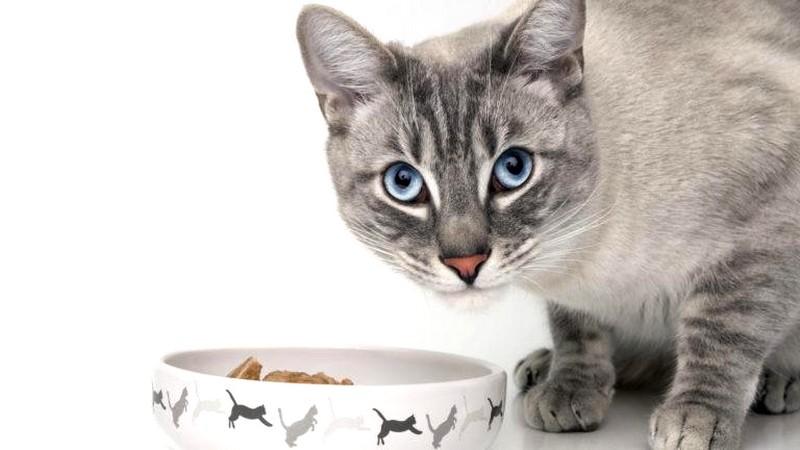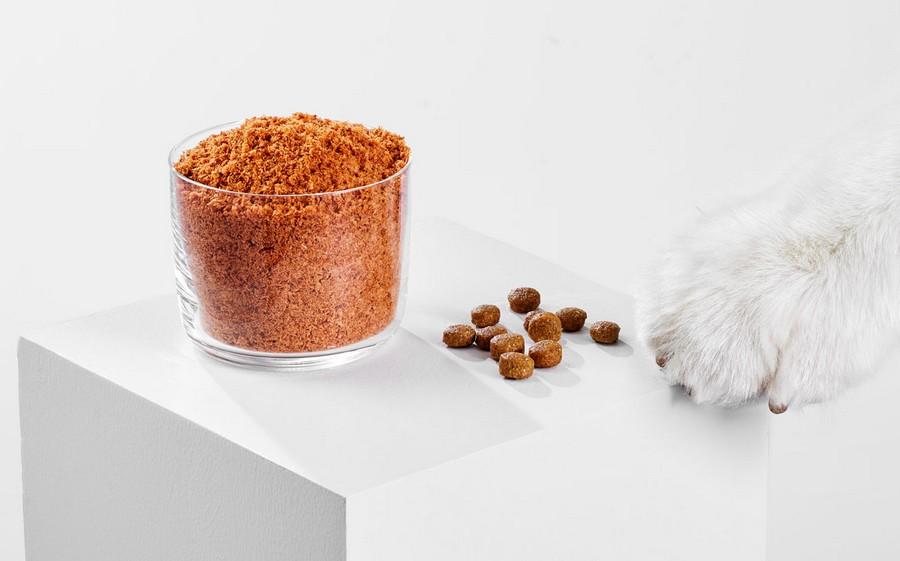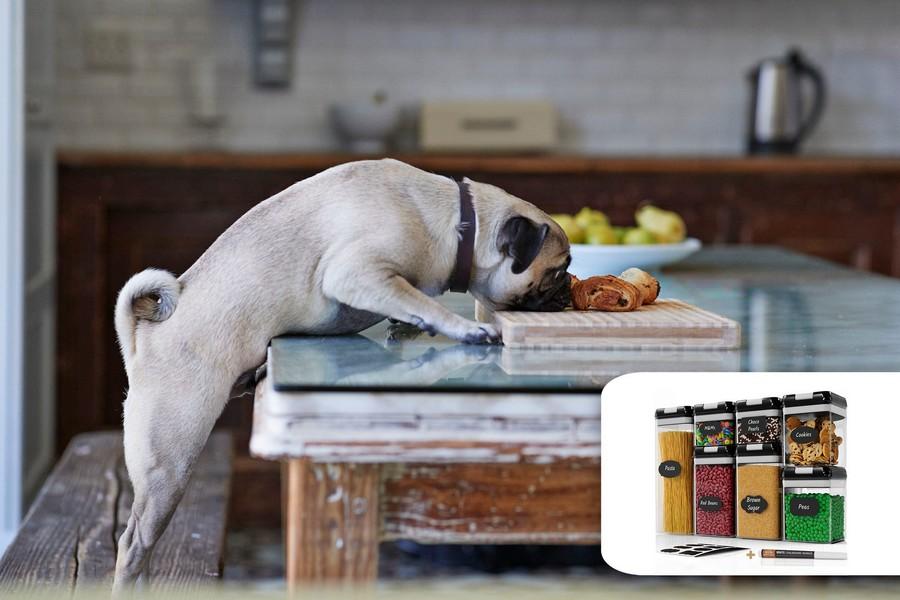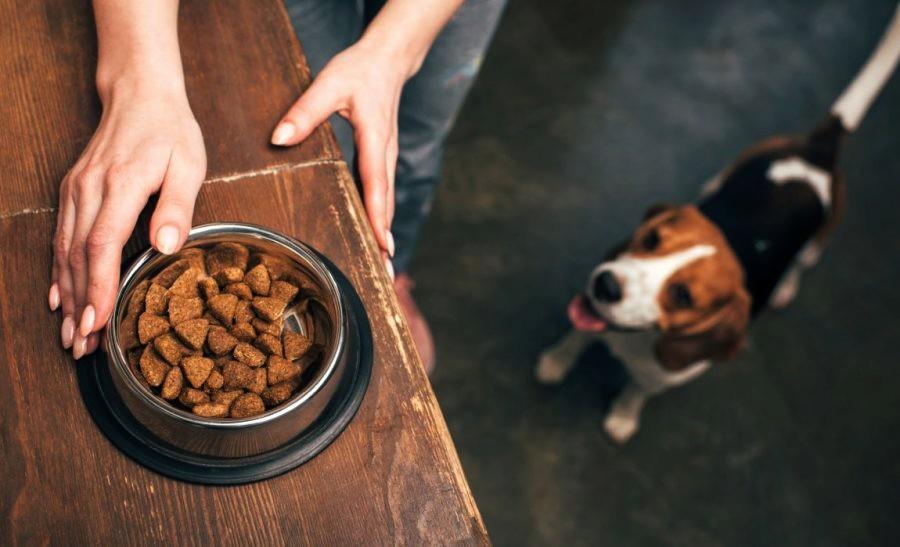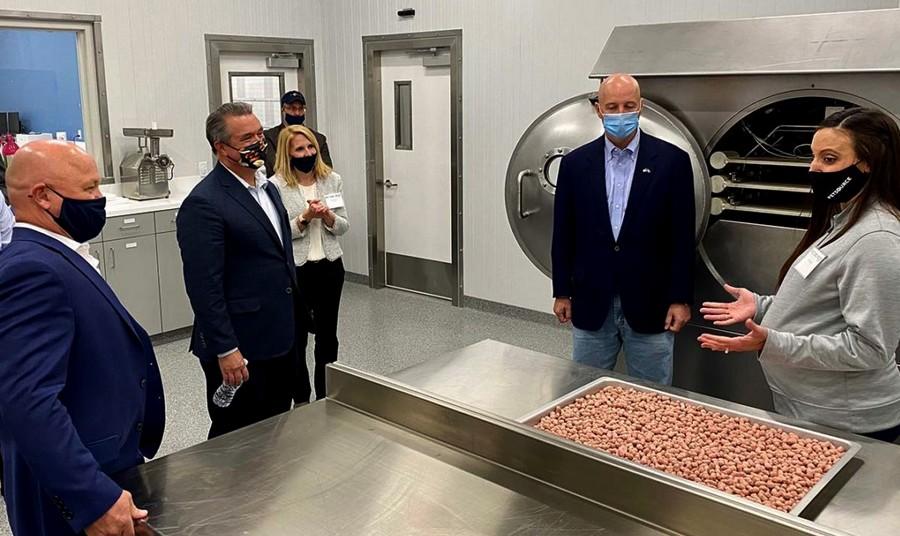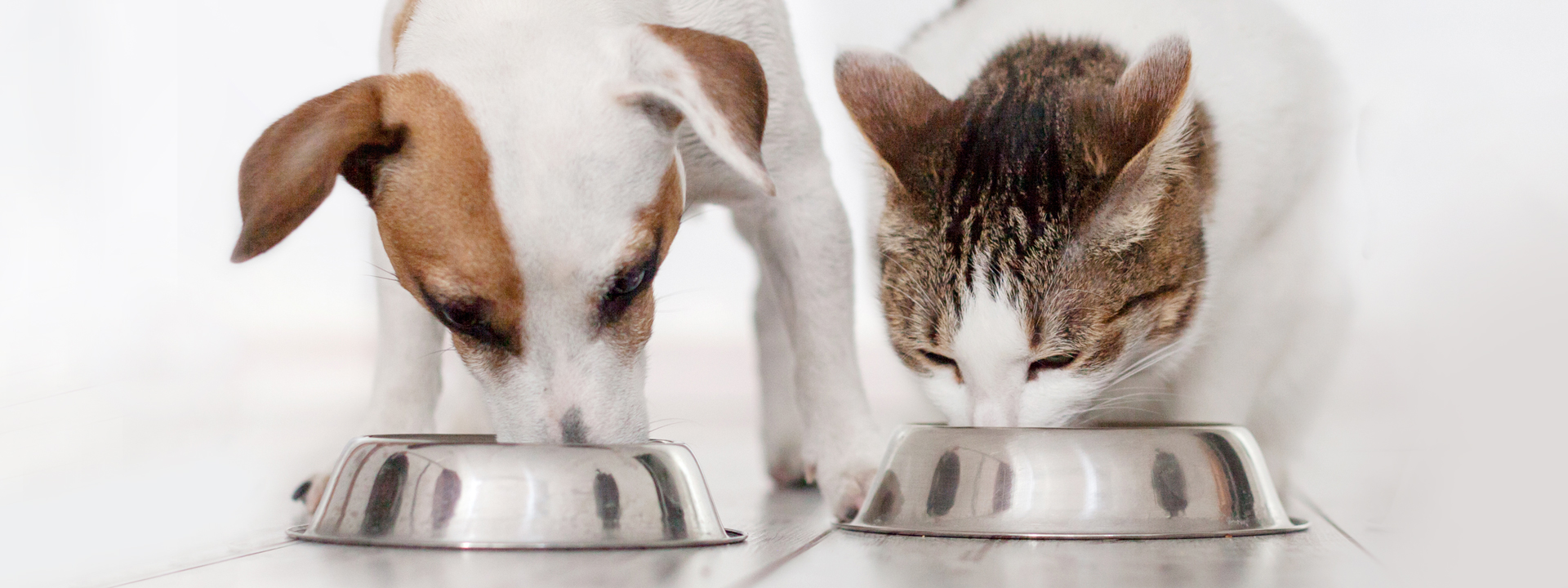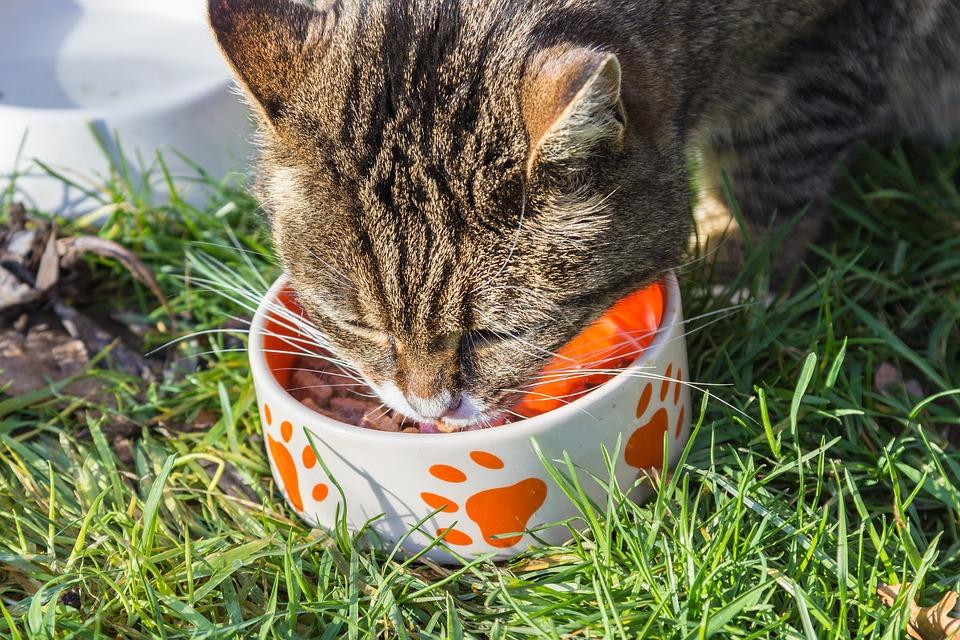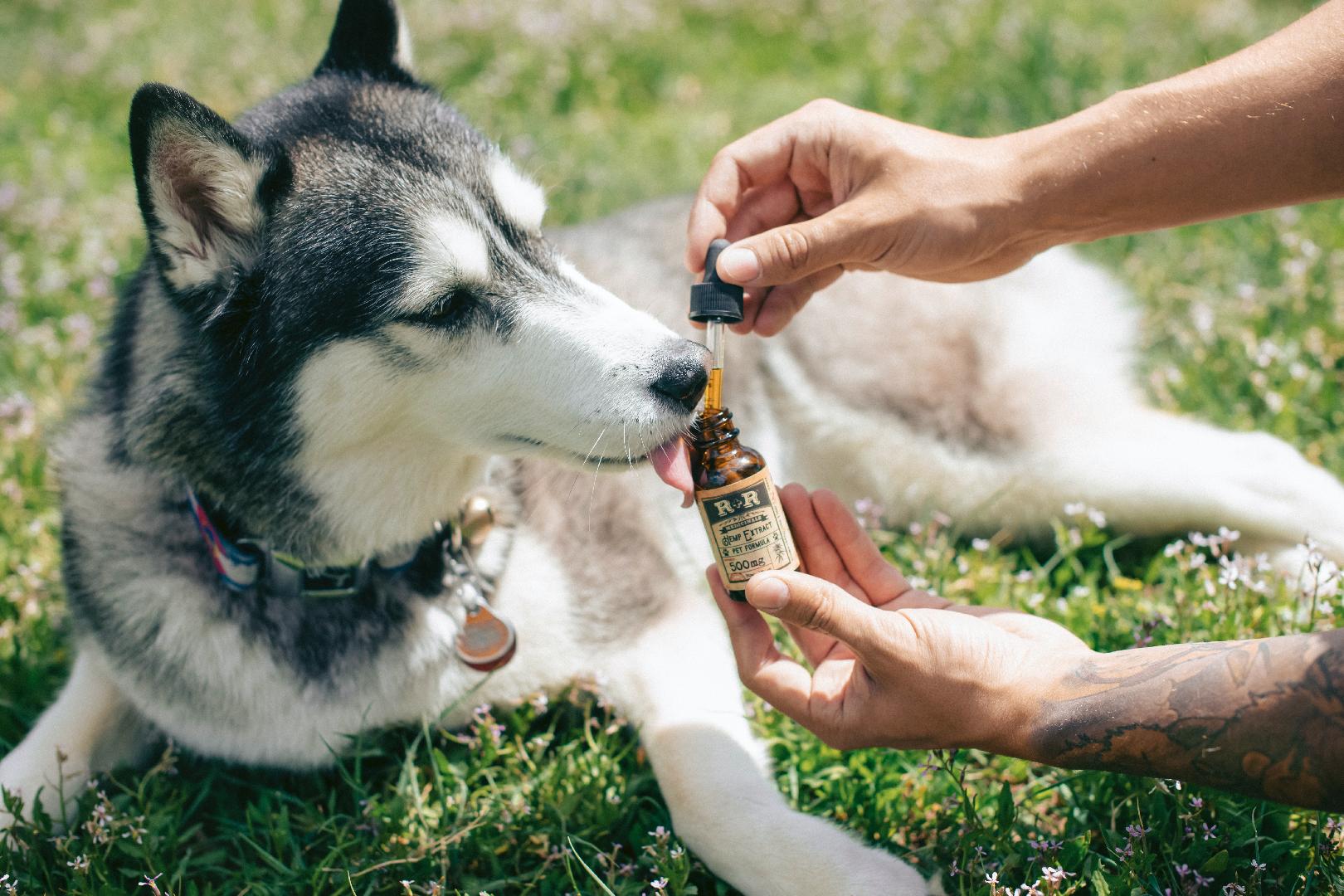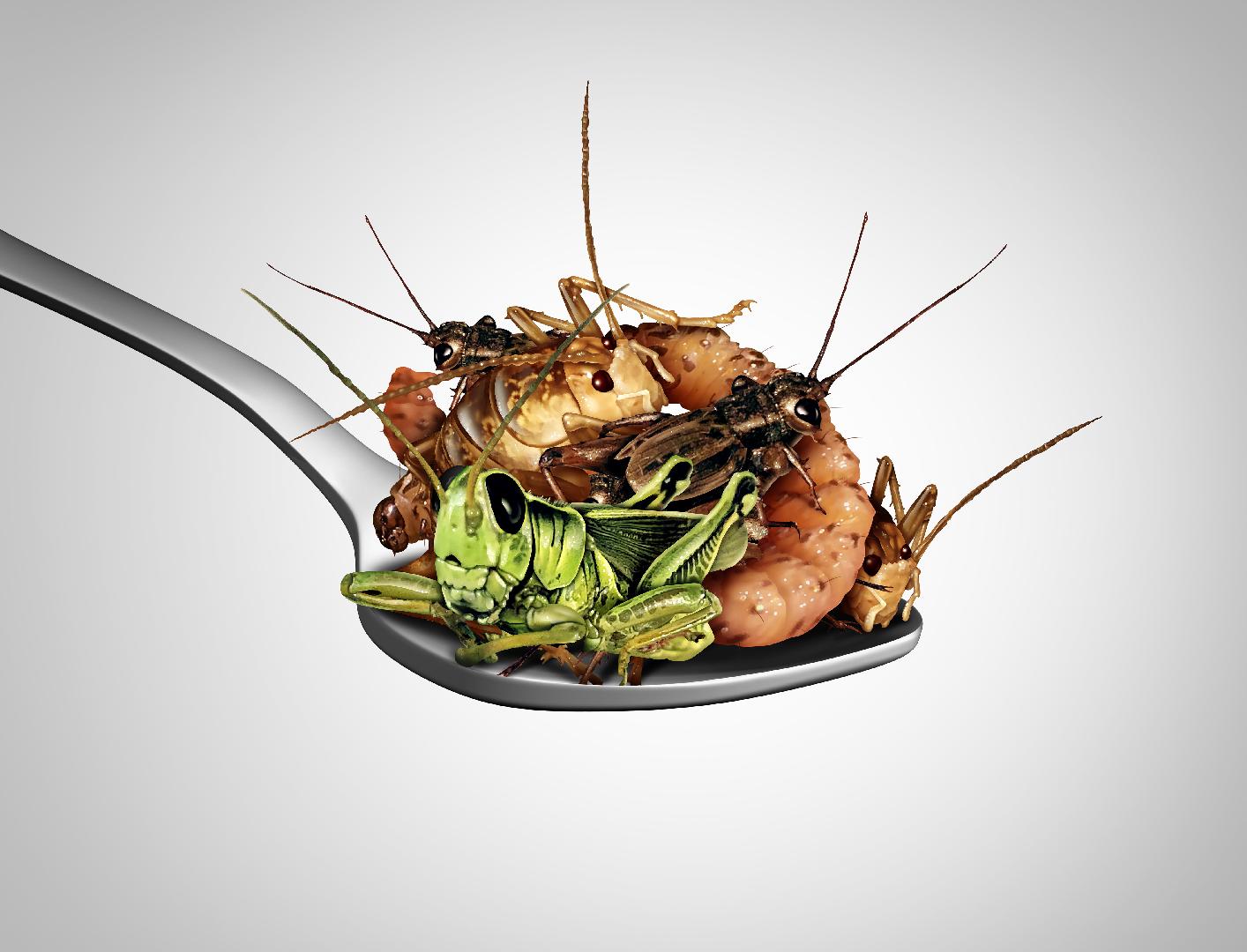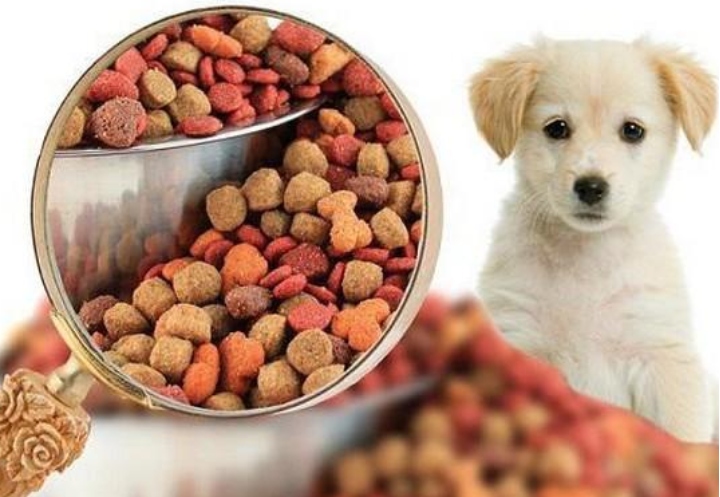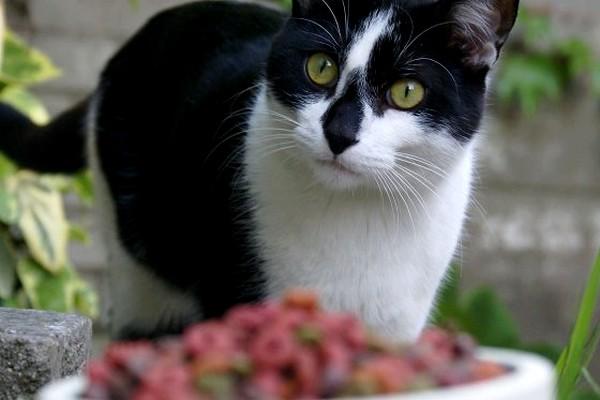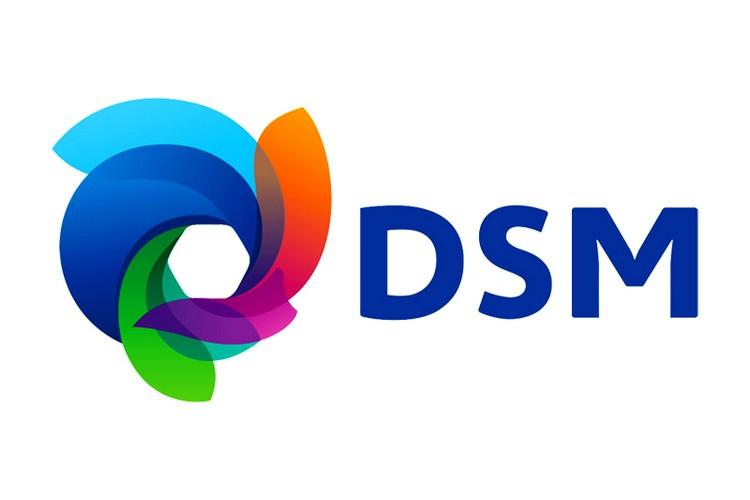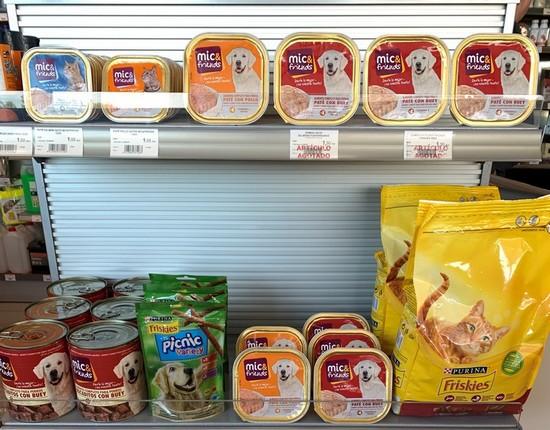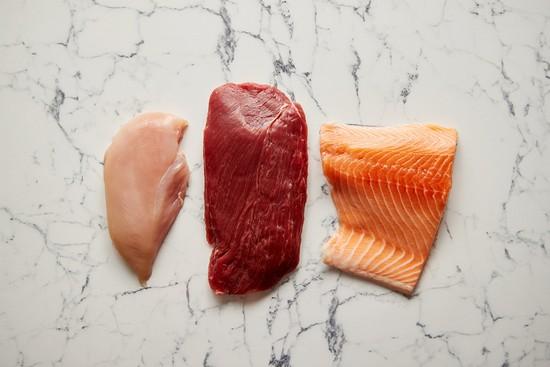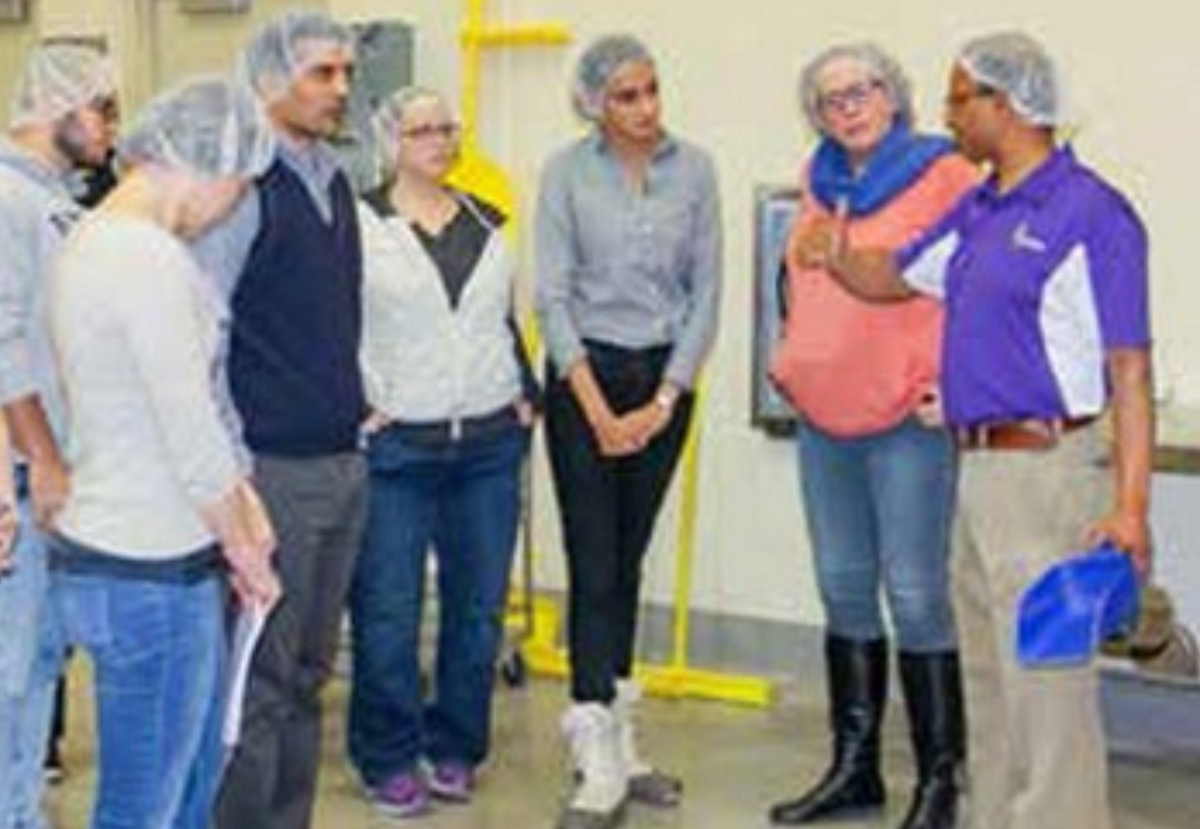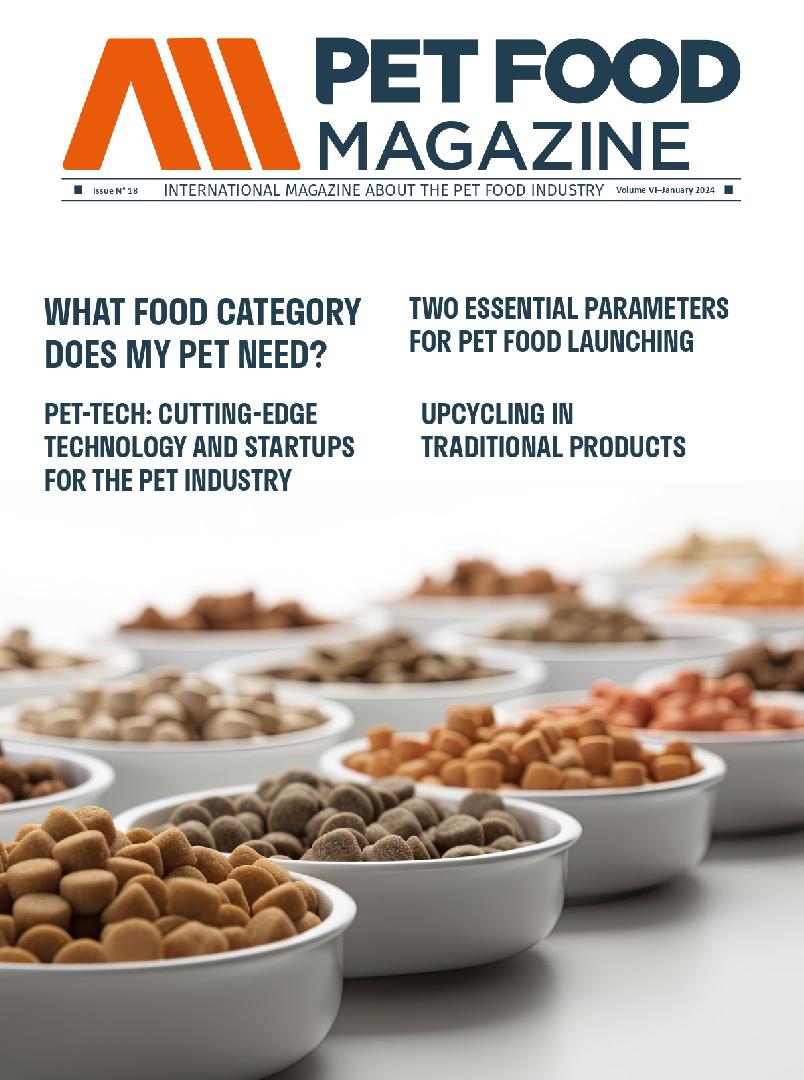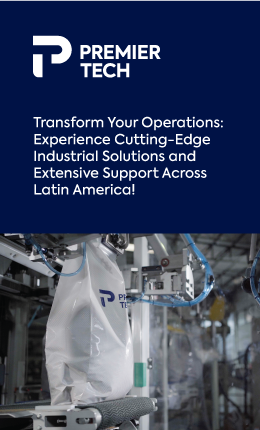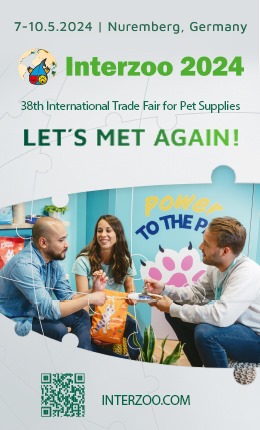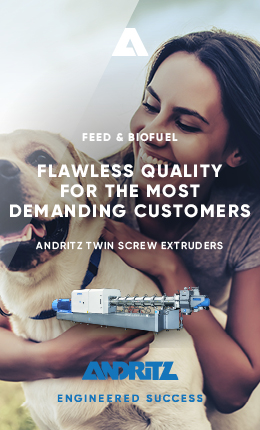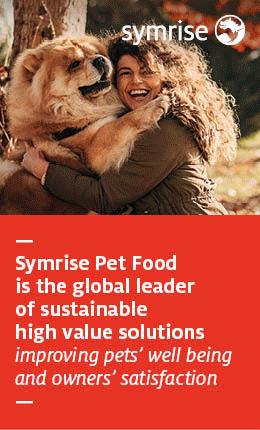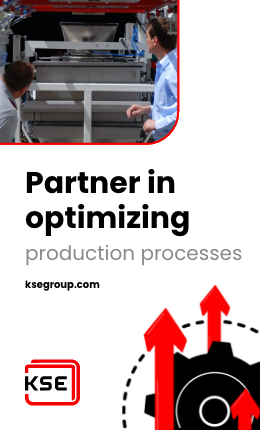
10+ MIN
13/08/2021
Animal Flours: Alternatives to Enhance formulations for Dogs and Cats Foods
Between 2013 and 2018, there was an increase of almost 7 million domestic animals in Brazil, according to IBGE and the Instituto Pet Brasil. This report also revealed the preference of families for dogs, there are more than 54 million in all regions of the country. However, the number of cats was the one that grew the most in the period studied, there were more than 23 million pets in 2018.
The significant growth of the domestic animal population in Brazil supports the growth of the PET product market, which, in 2018 alone, moved more than 34,000 billion Brazilian reais. More than R $ 15 billion was spent on food alone!
The opportunity for pet food producers to win a share of this market is very clear. But just as important as selling is offering products that ensure the quality of pet food from consumers willing to show their love by spending more and more on animals.
To develop and deliver adequate rations for the health and well-being of PET, all the care is little. Producers must know the nutritional needs of each species and choose the best ingredients so that their products are a balanced diet option for animals, since there are several composition options such as beef, chicken, pork, fish, cereals, vegetables, vitamins and minerals.
Next, we are going to read more about the nutrition of dogs and cats and how their nutrient demands must be considered for the correct formulation of the rations.
The nutritional needs of dogs
Like all pets, dogs need a balanced diet to lead healthier lives. Here are the essential components of the diet of these pets.
Proteins: have the function of building muscle tissue, transporting substances and communication between organs, and strengthening the immune system. They can be of plant or animal origin, the latter of high biological value.
While they are puppies, dogs need to grow. In their later years, when they tend to lose muscle mass, they need to make up for this loss. Therefore, in these phases, the diet must be rich in protein to respond to these needs of the animal.
Still, according to the guide "Your dog's nutritional needs" produced by the National Research Council (NRC), puppies up to 5 kg should consume about 56 g of protein each day.
For adult dogs, with a body mass of about 15 kg, the recommendation is that they consume 25 g of protein. For elderly dogs, the NRC indicates a formulation with higher protein content, around 75g of protein per 1000 kcal.
Fats: responsible for maintaining healthy skin and coat, helping brain and vision development, and playing an important role in the structural function of cells.
Puppies fed low-fat diets develop thick, dry fur and skin and are more vulnerable to infection. The NRC guidance also reveals that dogs with a body mass of up to 15kg should consume 14g of fat daily.
In the case of older dogs, whose metabolisms are less efficient, lower calorie diets and lower fat content are essential to prevent obesity, a recurring problem in this age group of the animal.
Animal oils such as poultry oils and pork fat - which use fresh raw material - are great sources of lipids for canine formulations. Being of animal origin, they have a high digestibility and palatability, in addition to guaranteeing essential fatty acids for the development of the pet.
Carbohydrates: they are the main source of energy in dog food. This rule applies to all stages of development of the animal.
In terms of energy, the NRC guide says that puppies with body mass up to 5 kg need 990 kcal / day. Active adult dogs with a body mass of approximately 20 kg need 1353 kcal / day and active elderly dogs with a body mass of 20 kg need 1093 kcal / day.
Fibers: guarantee a good functioning of the intestine. In special cases, abundant fibers should be part of the diet, as is the case in dogs with constipation problems.
In general, the NRC reports that the daily diet of an adult dog can contain up to 50% carbohydrates of the total mass of the food, including between 2.5 and 4.5% fiber. A minimum of about 5.5% of the diet should come from fat and 10% from protein.
Vitamins: they are related to the health of vision, skin, antioxidant activity, clotting factors, among others.
According to the guide, some vitamins are necessary in the diet of dogs, such as vitamins A (379 µg), D (3.4 µg), E (8 mg) and thiamine (0.56 mg).
Vitamin A is directly related to the prevention of diseases in the vision and respiratory diseases and with an increased susceptibility to infections. Dogs fed diets lacking in vitamin E show signs of skeletal muscle deterioration, reproductive failure, and retinal degeneration.
Thiamine deficiency can lead to brain damage and other neurological abnormalities. In addition, vitamin K is responsible for blood clotting, and the B-complex vitamins are involved in the activation of ions and the synthesis of neural tissue.
Minerals: participate in metabolic reactions, nerve impulses, muscle contraction and promote healthy bones and teeth.
According to the NRC, calcium (1.0 g) and phosphorus (0.75 g) are essential for strong bones and teeth. The guide describes that dogs need magnesium (150 mg), potassium (1.0 g) and sodium (200 mg) for the transmission of nerve impulses, muscle contraction and cell signaling.
In addition, the NRC notes that many minerals that are present in only small amounts in the body, including selenium (90 µg) and copper (1.5 mg), act as auxiliaries in a wide variety of enzymatic reactions.
A calcium deficiency in the diet can result in severe bone loss, skeletal abnormalities, and pathological fractures. Excess mineral, on the other hand, can also cause skeletal abnormalities, especially in large puppies.
Cats
Cats are carnivorous animals, so most of the nutrients they need are of animal origin. Below we highlight the composition of the ideal diet for domestic cats.
Proteins: provide essential amino acids for various vital functions, such as the synthesis of antibodies, enzymes (which regulate numerous metabolic functions), hormones, tissues, as well as providing a source of energy and promoting an appropriate pH balance for the body of these animals.
Protein raw materials of animal origin are more digestible for cats, such as poultry, cattle, pork, fish and eggs.
These sources have high-quality complete proteins, capable of supplying all the essential amino acids. Taurine, for example, is an essential amino acid for cats, the minimum daily requirement is between 35 and 56 mg for an adult cat. This amino acid helps prevent eye and heart disease.
According to the 'Your Cat's Nutritional Needs' guide prepared by the National Research Council (NRC), 10g of protein / day is recommended for kittens with approximately 800g of body mass. For adult cats with a body mass of around 4 kg, 12.5 g / day of protein is recommended.
Fat: it is involved in cell integrity since it is an essential part of plasma membranes. In addition to participating in metabolic regulation, they add shine to the animal's coat.
In addition, fats improve the taste and texture of food, making it tastier and more attractive. Among the unsaturated fatty acids, some polyunsaturated are characterized by being essential for the health of cats, such as those of the omega 3 family.
According to the guide, 4 g / day of total fat is recommended in the diet of kittens with a body mass of about 800 g. For adult cats with a body mass of about 4 kg, 5.5 g / day of total fat is recommended.
Carbohydrates: they are the main source of energy in dog food.
Apparently, they are not essential in the diet. When there is adequate protein and fat content in their diet, they provide glycerol and glycogen amino acids for the animal to obtain the necessary energy. This is one of the reasons that cats are classified as true carnivores.
Minerals: are involved in almost all physiological reactions in cats.
They act in the formation of enzymes, the pH balance, the absorption of nutrients, the transport of oxygen, among other functions.
Vitamins: participate in metabolic regulation and normal growth of animals.
Some of them also have other functions, such as the prevention of night blindness (vitamin A) and antioxidants (vitamin E).
The daily recommendation of the NRC guide, mainly includes vitamins A (63 µg), D (0.4 µg), E (2.5 mg), K (82 µg), B1 (0.33 mg), riboflavin ( 0.27 mg), B6 (0.16 mg), B12 (1.4 µg), among others.
Animal Flours to enrich pet food
As we have seen before, an important part of the feed for dogs and cats is of animal origin, hence the importance of choosing the raw material well to produce a quality food. That is, industrialized from ingredients that, in fact, satisfy the specific needs of nutrients to supply the different physiological states of pets.
An important aspect for making decisions about ingredients is the identification of the nature of the inputs used and their relative digestibility and bioavailability. In the same way, we must take into account contamination by microorganisms such as Salmonella ssp and metabolites produced by fungi such as mycotoxins, which are very harmful.
For all these reasons, raw materials of animal origin are the most suitable to enrich the formulation of feed, due to their high content of digestible proteins, the balanced presence of essential amino acids and the absence of anti-nutritional factors.
Next, we will present some of these raw materials, animal meals that are recommended to compose high quality food for dogs and cats.
Flour from bird viscera
Meal from poultry viscera is produced by cooking, pressing and grinding the viscera, offal, cartilage and pieces of meat.
According to a study by Greg Aldrich, published in Petfood Industry, meals made from chicken entrails and those produced exclusively with chicken meat have the same nutritional value for dogs and cats.
In other research, published on Engormix, Dr. Greg found that meat meal and chicken offal are highly digestible by cats and dogs, contain the necessary essential amino acids, and have no anti-nutritional factors.
In the same analysis it was concluded that flours, especially for cats, should contain less than 14% and 11.5% ash, for meat and chicken offal respectively. He also warned that they are susceptible to oxidation. Therefore, it is important to take into account the levels of peroxide and acidity when composing the food.
Rather than feeding pets, Greg Aldrich states that poultry fat is well accepted by pets as its taste is preferable to other sources of fat.
Developed with an eye on all these aspects, Bird Viscera Flour (Low Ash) is, therefore, a great alternative for the composition of food for dogs and cats. After all, in addition to its high palatability and digestibility, it contains a lower ash content and a higher crude protein content (73%), essential for the growth of pets.
Chicharrón meal
Another animal meal that stands out as an alternative for its application in dog food is Chicharrón meal. This ingredient is produced through the cooking, pressing and grinding the skin and the pork mask in natura and chicharrones.
Chicharrón meal is produced with fresh and high quality raw materials, which are not considered by-products of the pig supply. It is also a rich source of protein, at least 80%, and essential amino acids.
It is worth mentioning that this flour has a high palatability and digestibility, with a great consistency, little mineral matter and is naturally pleasant and attractive to the taste of animals.
Thus, Chicharrón meal is also a good alternative for the composition of dog and cat food.
Feather Flour
Feather meal is another ingredient that can be used in the industrialization of food for dogs and cats. A great advantage of this ingredient is the high concentration of protein, at least 80%.
Precisely for this reason, it is used in pet food, increasing the protein content. The flour is developed so that it does not present antinutritional factors, reducing the chances of an allergic reaction in the animal, which is proven by an article by Anton Beynen, published in All About Feed. Beynen revealed that dry foods with 14% feather meal in their composition are well accepted by dogs.
To take advantage of all the nutritional qualities of Feather Meal in the manufacture of feed, it is important to remember the importance of choosing reliable suppliers that maintain quality processes, using clean and fresh feathers obtained in the poultry supply production chain and with low mineral content.
Feather meal and blood
Feather and blood meal can also be used in feed for dogs and cats, because in addition to presenting all the advantages of feather meal, blood improves palatability, increases the balance of amino acids and, according to a study published in the Revista Brasileira de Zootecnia makes them reach satiety more quickly.
Blood also enriches the formulation of pet food, because proteins such as plasma and hemoglobin are very important to improve the regulatory functions of metabolism, such as absorption, transport and synthesis of nutrients.
Feather and Blood Flour is an interesting alternative from a nutritional point of view and, like the others, it must be purchased from a reputable supplier so as not to compromise the health and quality of life of pets.
Conclution
There is no doubt that the health and well-being of dogs and cats comes first when the consumer chooses the food. Therefore, the manufacturer cannot hesitate to choose the most nutritious ingredients to produce a feed that truly meets the needs of the animals.
To do this, knowing each of these flours and finding trusted suppliers is a very important step in the development of suitable feed. Since only by choosing quality inputs, the producer will be guaranteed the delivery of feed containing highly digestible and palatable nutrients, which ensure growth, healthy development and quality of life of the animals.
Source: BRF Ingredients
